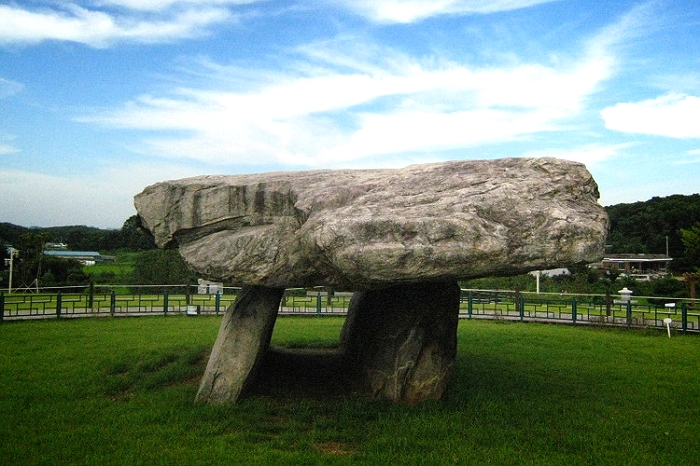Ganghwa island is the fifth largest island in Korea and is located in the West Sea. It is composed of 11 inhabited islands and 17 uninhabited islands, and its beaches are 99 km long. Recently with the creation of the Ganghwa Bridge, the island has become more like the mainland.
Because there were people living on this island from the prehistoric times, there are many ancient artifacts on the island. The most famous of these are the Goindol Rocks, designated as World’s Cultural Treasure. The Goindol graves are where the rulers of the Ganghwa Island in the Bronze Age are buried. There are about 80 of these stone graves around the island. There is also evidence of the Dangunwanggeom, the founding figure of Korea whose life marks the beginning of Korean history. If you walk up the many steps of Chamseongdan in Mani Mountain, you will come to a peak where you can see the West Sea and the inland. This is where Dangunwanggeom is said to have offered sacrificial rites to the heavens.
Ganghwa Island has many famous local products, including the medicinally effective Ganghwa Ginseng, Pure-Ganghwa radish with its peculiar taste, and Hwamunseok, which is a mat woven with flower patterns. Hwamunseok is famous also as a representative traditional Korean product, with its intricate handwork and designs.
Popular nearby, compatible sites for a private tour in Incheon:
Ganhwasanseong Fortress
Address
394, Ganghwa-daero, Ganghwa-gun, Incheon
인천광역시 강화군 강화읍 강화대로 394

